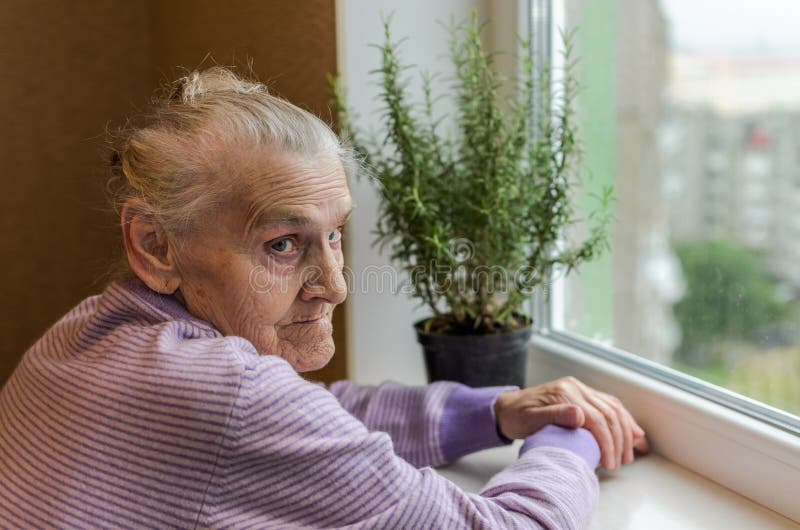

WOMAN LOOKING OUT THE WINDOW COLLAGE MOVIE
In the subterranean playland of poured concrete and bland blue walls, we build fantastical worlds where we are mothers or movie stars or hairdressers, but I always have to be the pretty one or the popular girl. I remember only the way my sock felt as it caught on the nail and the cold floor as it met my cheek. I once caught my sock on a nail on the third step down and tumbled through the wide gap between the steps and the railing and smacked my body on the pavement floor. It was conveniently located across from the washer and dryer. In several pictures, I am in the basement that served as my playroom, complete with a toy box and a makeshift kitchen with lawn chairs and a prime location under the stairs. It was something for celebration, I thought, that the little girl without parents trusted and loved someone who loved her back. I always wondered why it was so hard for my grandmother to understand why Esther and I were so close. It was Esther who took us on weekends, during storms, after school, and during the kidless vacations my grandparents often took. My grandmother’s jealousy toward Esther became a thing that bred resentment from both myself and my foster mother. They both smile, while my foster brother looks on, and I wonder if the smiles were sincere or forced. In the only picture in the collage not featuring me, there is a rare moment of camaraderie between the women who raised me, my foster mother, and my biological grandmother.
WOMAN LOOKING OUT THE WINDOW COLLAGE PATCH
I recall the way the hairs in my eyebrows would stick to the adhesive on the patch as I tore it off and watched my view of the world go from half to whole. It is also in the kitchen where I stand with the eye patch I wore for a good part of my childhood. Not one of them was edible, but the birds had less discernible palates and enjoyed our impromptu dishes when we left them outside on the porch. We would pull things out and stir up culinary creations when we were bored.

In the kitchen, I sit in front of the white cabinet where my foster mother stored the non-perishable groceries. I imagine she is breathing fire on bureaucratic housing authority officials, who wear bifocals and sensible shoes with orthotic support bought by sensible wives with names like Brenda and Margaret. She often fights for more time to pay her rent on the push-button wall phone as she smokes cigarettes, a thin veil of vapour exiting her mouth and rising above her head.

There is my foster mother’s kitchen, outfitted with fake brick flooring made of a cheap linoleum, installed by the housing project where Esther raised her three biological children and her two foster kids, me and my brother. In the pictures, my history stares back at me from so many places. I needed to know she wouldn’t leave me as my biological mother had. I needed her reassurance not about how I looked but about how much she loved me. While I sashayed across the kitchen, I asked Esther if I was the prettiest. I remember the bathing suit was a favourite of mine, as were all the bathing suits I collected throughout my youth to be worn on the lakeside vacations my foster mother saved up for all year. I wear everything from a hat with an E for “Everett” – the city we lived in – to a sunshine-yellow bathing suit proclaiming that I am “Miss America”, to a towel my foster mother cut in half to create more, so it didn’t seem like we had less. I star in several and play a supporting role in others, alongside Esther, my foster brother, my biological brother, my grandmother, and a variety of inanimate objects that helped define who I was: an eye patch that earned me the nickname “pirate”, a baby doll dress that serves as a hat, a pair of yellow sunglasses, and a wooden dog that I pulled along with a string.

It tells the who, when, and sometimes where of the picture. When I remove the back of the frame, I see the handwriting of my foster mother, Esther. I am no more than three in the pictures that are held together with tape in the frame that is almost as old as I am, 47. These stores offered bargains, blue-light specials, and financial reprieve to struggling single mothers and down-on-their-luck families. It is a picture frame, a hideous brownish-orange plastic, a product of the 1970s, purchased at Kmart or Zayre or some other store that went out of business decades ago. In “How we remember them”, we reflect on how we process loss and the things – tangible and intangible – that remind us of those we have lost. In the past two years of the COVID-19 pandemic, loss has been part of the lives of millions.


 0 kommentar(er)
0 kommentar(er)
